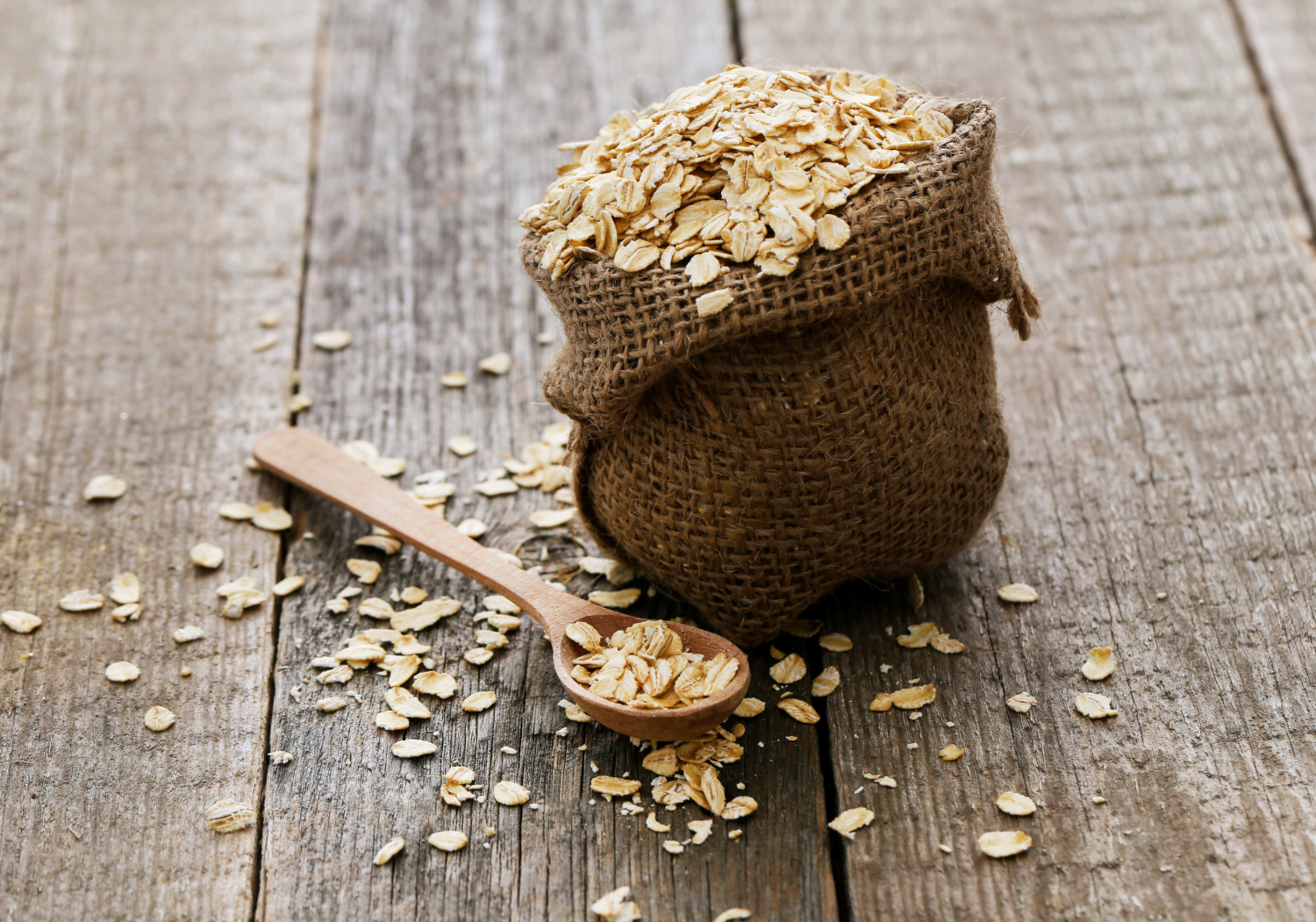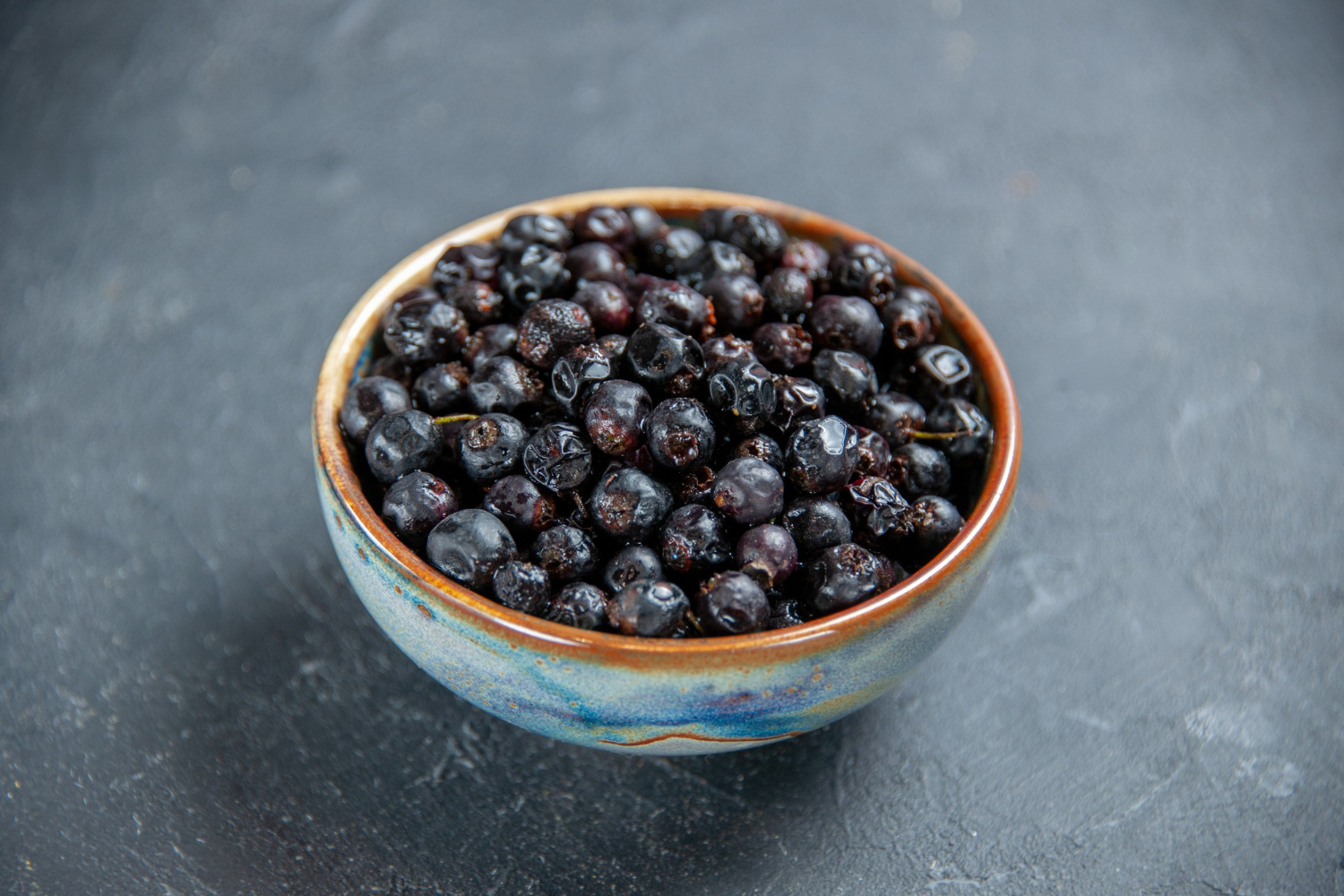Sustainable development in the gastronomic industry: How can the use of fiber contribute to a more sustainable kitchen?
The gastronomic industry plays a crucial role in today’s society. However, its significant impact on the natural environment is often overlooked. As more people become aware of ecological challenges, efforts are being made to make kitchens more sustainable. One such solution is the use of fiber-rich products. In this article, we will discuss the environmental benefits resulting from this approach.
Fiber – What is it, and why is it important?
Fiber, also known as dietary fiber, is an extremely important component of the diet found in many plant-based products such as fruits, vegetables, grains, nuts, and seeds. Fiber is not digested by the body but plays a crucial role in regulating digestive processes. However, it’s not just the health benefits that make fiber important; it’s also its potential in the context of sustainable gastronomy.
Environmental benefits of fiber:
- Reduced water consumption: Fiber-rich products like beans, peas, lentils, and many vegetables require significantly less water for production compared to meat or dairy. The meat industry is known to be one of the major water consumers globally, and shifting part of the diet towards plant-based products can contribute to a significant reduction in water consumption.
- Greenhouse gas emissions reduction: Meat production, especially beef, is associated with substantial greenhouse gas emissions such as methane and carbon dioxide. Fiber-rich plants generate much fewer greenhouse gas emissions, making their consumption more climate-friendly.
- Optimal land resource utilization: Cultivating fiber-rich plants, especially grains, takes up much less space than animal farming. This can help reduce deforestation and preserve valuable ecosystems.
- Reduced waste production: Using fiber-rich products like vegetables and fruits can minimize food waste. These products are often more durable and less prone to spoilage.
- Soil quality improvement: Fiber-rich plants contribute to improving soil quality. The roots of these plants enhance soil structure and prevent erosion.
How to incorporate fiber into the kitchen?
There are several ways to incorporate fiber-rich products into everyday cooking. Here are a few examples:
- Vegetable main dishes: Instead of meat, consider preparing main dishes based on vegetables, such as vegetable curries, chickpea salads, or vegetarian bean burgers.
- Replace animal protein: In recipes that call for meat, try replacing it with fiber-rich alternatives like lentils or tofu.
- More whole grains: Choose whole grain products such as whole wheat pasta, brown rice, or whole grain bread.
- More fruits and vegetables for snacks: Instead of high-calorie snacks, opt for raw vegetables, fruits, and nuts.
- Cultivate your own vegetables: If possible, try growing your own vegetables in a garden or pots.
Summary
Sustainable development in the gastronomic industry is a significant challenge that requires action on multiple fronts. One key aspect is the use of fiber-rich products, bringing numerous environmental benefits. By changing dietary habits and promoting plant-based dishes, we can collectively strive towards a more sustainable kitchen, contributing to the protection of our planet. Fiber is not only a healthy choice but also a step towards a better future for us all.


